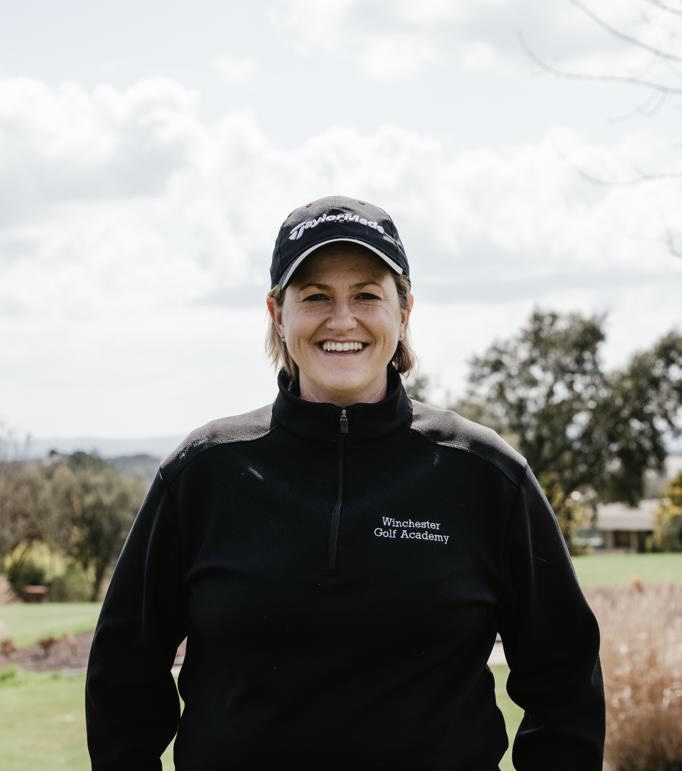5 Handy Tips That Will Help New Golfers (And Established Players) Get The Most Out Of The Sport
It's not easy when you're new to golf, but here are 5 tips to make life easier, and a refresher for experienced players too!
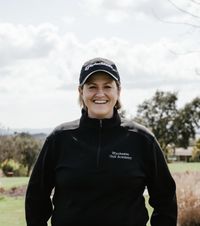

Trying to learn any new skill or sport as an adult is tough, but learning golf is another whole level of difficulty. It’s a big game with lots of moving parts, there are different clubs, types of courses, confusing lingo, strict rules, playing formats and the dreaded dress codes to contend with. It’s no wonder so many find it completely overwhelming to begin with.
Like many who take up the game, it’s likely you started at a driving range, which makes perfect sense to develop confidence and some basic knowledge, but leaving that comfortable bay to hit the course can be a tough transition and a bit of a shock.
As a coach who specialises in getting people started and out on the golf course, here is my top advice to help you prepare and be ready to embrace the challenge that lies ahead.
Arrive Early
Hofstadter’s Law states, “It always takes longer than you expect, even when you take into account Hofstadter’s Law”. To be on time for your playing tee time, you need to arrive on the tee 10 minutes beforehand. Why? Not only is it good etiquette to be ready to play, it also ensures a smooth, calm, start to your round and puts you in good stead of keeping up with the pace of play for the day.
Arriving at the tee is the bare minimum though, and the reason I opened this first piece of advice with Hofstadter’s Law is because from the moment you step foot in the car park of the course there will be many things to distract you and prevent you from getting ready to play. People wanting to say hello and chat, to announcements on the noticeboard, exciting new products in the pro shop and many others. All these small distractions can add up and rob you of adequate time to prepare properly for your round, which leads me nicely on to my next point…
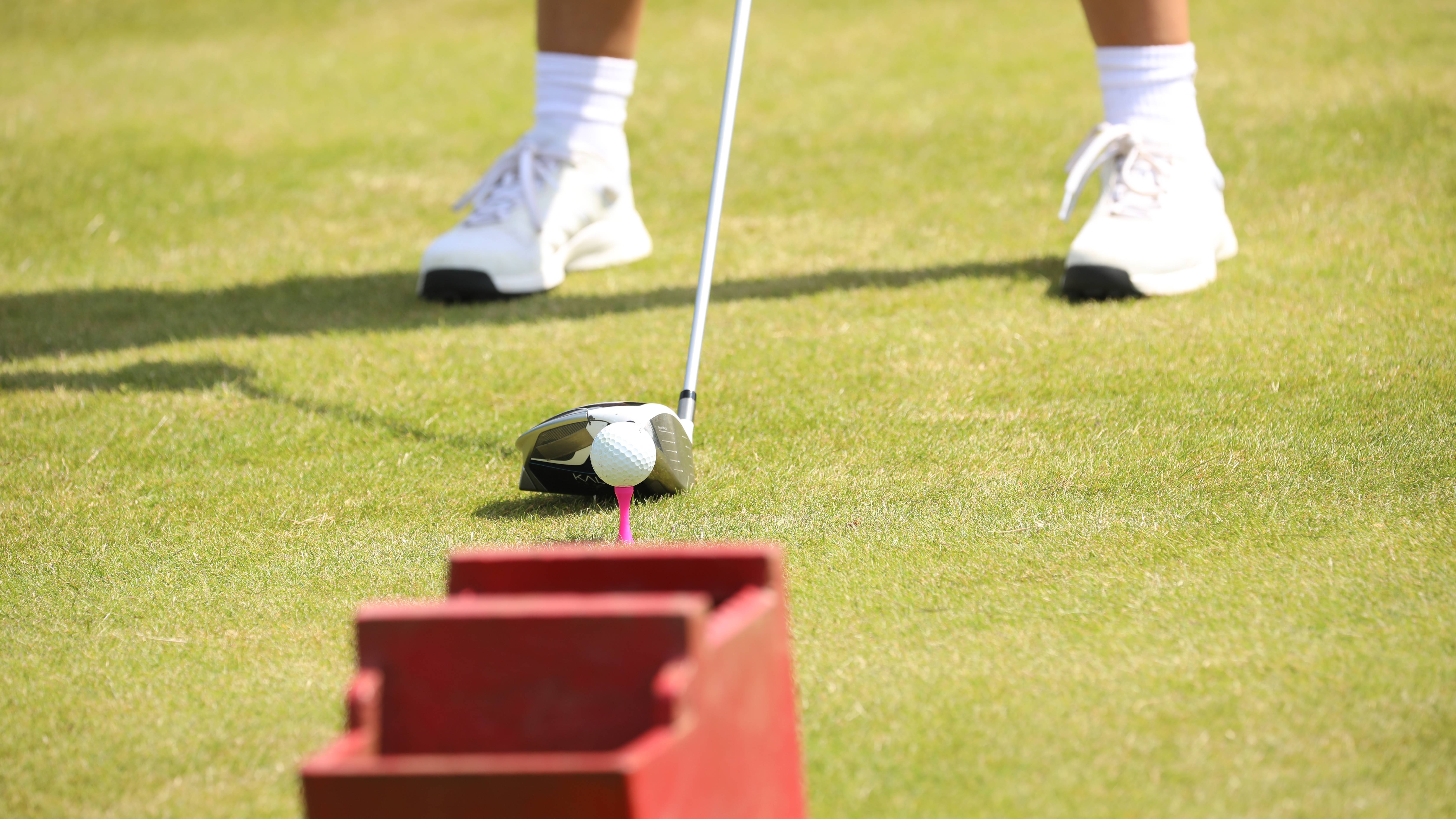
Warm Up
All too often golfers use the first 3 or 4 holes to warm up and depending on how well they go or don’t go, will dictate how they feel about their golf for the rest of the round. Missed a 3-footer on the 1st, "Well I guess it’s just not my day." Do not fall into this trap!
Arrive at the course in plenty of time to allow for a proper warm up, which should consist of hitting balls in a net or on the range or practice ground. Begin with the higher number clubs (PW, 9-iron) to ease into it, then build up to hitting a few drives. Ten minutes is more than enough time to get loose and your eye in.
Subscribe to the Golf Monthly newsletter to stay up to date with all the latest tour news, equipment news, reviews, head-to-heads and buyer’s guides from our team of experienced experts.
Then on the practice putting green, stick a tee peg in the green and practice hitting some long putts to the peg, as this will give you a feel for the pace that day. Keep it close and simple for practicing the shorter putts by hitting from no more than a foot or two foot away. You want to see yourself hole short putts, not miss them before you head out.
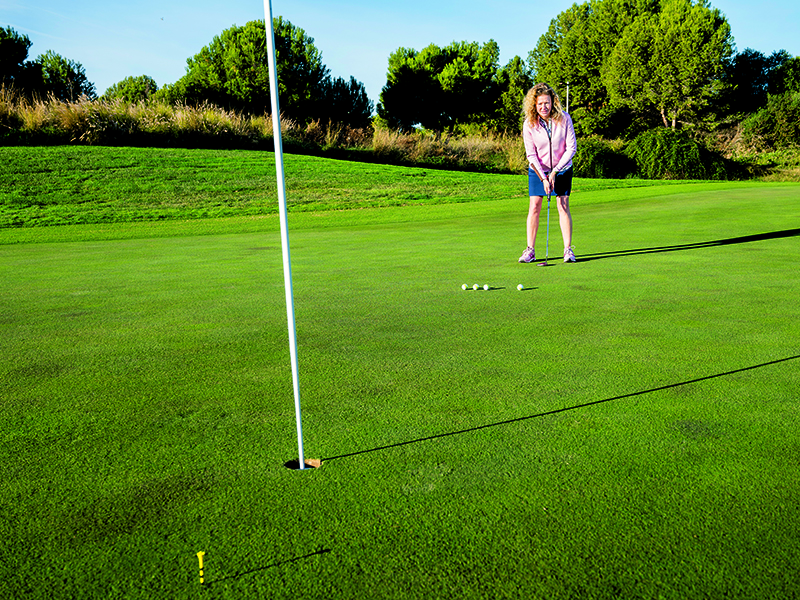
Look Where You Are Going
There is so much to think about and look at when you are out on the course, it can be all too easy to lose focus on what you should be doing and where you are going. Initially you will have to make a conscious effort to go from having a chat with your playing partners to focusing on your shot, and knowing which side of the green to leave your bag is another skill that takes time and practice to learn.
The advice I give to those who struggle with knowing where to put their golf bag is to never leave it where you would have to walk back to walk back on yourself to retrieve it. Again, this type of thing might seem so trivial to those new to the game, but a big part of playing golf on a course is being mindful and respectful to those you are not only playing with but those playing behind you.
Strive To Be A Good Playing Partner
You look forward to your time out on the course all week, you’ve had a lesson or practiced and then you play terribly. It can be so disheartening when that happens, and we have all been there and will no doubt be there again. Playing badly not only makes you question your ability or why you bother, it can make you question your whole life and self-worth, that’s how maddening this game can be!
When one person in the group is having a tough time out on the course it can bring the atmosphere of the whole group down, but by how much will depend on your attitude to playing badly.
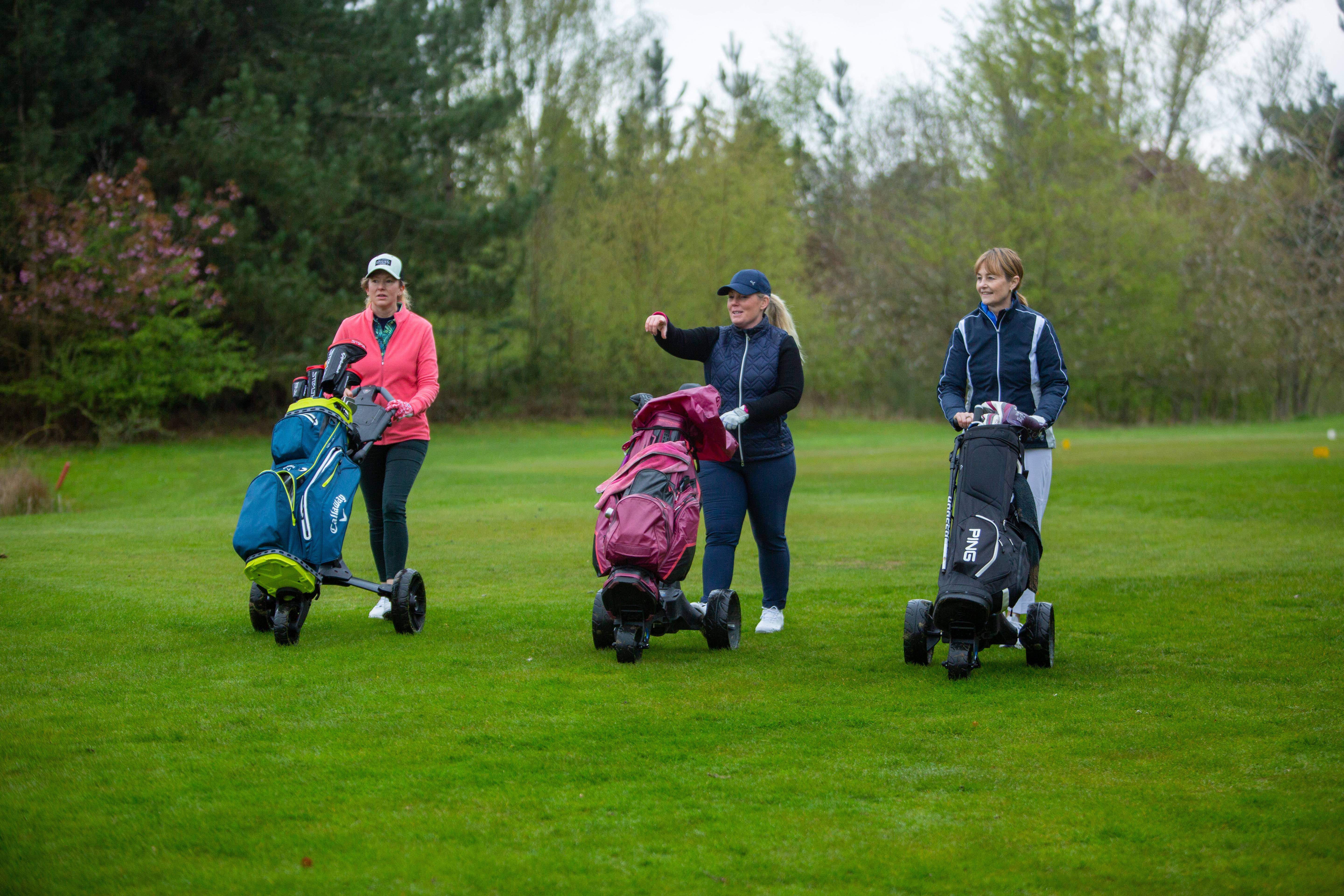
If you find yourself in the position of not having a great game, make it a priority to not let your emotions get the better of you by being continuously negative. Your playing partners, like you, have probably been looking forward all week to getting out to play too and the last thing they need is to take on the responsibility of trying to cheer you up. So take a deep breath, if it’s all going wrong and you can, pick up, don’t keep making your playing partners look for balls, keep the flow of play for others playing.
Yes, a bad day really, really sucks, but that’s when you need to take stock of the simple things to be grateful, such as being outside in the fresh air and having the opportunity to even play. Full disclaimer, as a golfer with over 30 years’ experience I still have to work hard on this, it really isn’t easy but worth striving for to build resilience.
Take A Bigger Club And Aim For The Middle Of The Green
All too often when choosing what club to hit we choose the club that when flushed ‘should’ get us to the green, but my thinking is, why make life harder, take the club that will easily and comfortably get you there.
Yes, you may well be able to hit your 7-iron 130 yards when struck really well on the range, but you are on the course now, you are hitting off grass and maybe not a perfect lie, you need to think about how the ball is going to bounce into the green. So, if ever you find yourself between two clubs take the bigger one and swing within yourself.
Talking of landing into the green, my coach told me many years ago to always aim for the middle of the green as it never moves. It’s clearly sage advice and what Bryson DeChambeau recently said was his tactic for dealing with the notoriously difficult Pinehurst greens at the U.S Open. Clearly it served him well, seeing him claim victory over Rory McIlroy on the dramatic Sunday showdown.
The reason why this piece of advice is worth remembering is because greenkeepers aren’t always your friend, they know the green better than anyone else and place the pins to entice golfers to go for them and miss the green or leave a difficult putt. It is their job to place the pins fairly but in challenging positions, going for the middle is the percentage shot that will pay off with more greens hit and less putts.
You may have noticed that much of this advice is not too focused on playing tactics or technique and the reason is that I wanted to focus on things you can control. Golf is a crazy game, from one day to the next your game and ability can vary but the above are things you can always strive to do. Of course, hitting long drives and having a great short game will see you improve, but taking the time to think about the simple marginal gains will add up to make all the difference.
Emma has worked in the golf industry for more than 20 years. After a successful amateur career, she decided to pursue her true golfing passion of coaching and became a qualified PGA Professional in 2009. In 2015, alongside her husband Gary, who is also a PGA Professional, they set up and now run Winchester Golf Academy, a bespoke 24 bay practice facility offering not only all the latest technology but a highly regarded bistro. Emma is happy coaching all golfing abilities but particularly enjoys getting people into the game and developing programs to help women and juniors start and improve. Her 2022 Get into Golf program saw more than 60 women take up the game.
Emma is a member of TaylorMade’s Women’s Advisory Board, which works to shape the product offering and marketing strategy with the goal of making it the number one brand in golf for women. When not changing lives one swing tweak at a time Emma can be found enjoying life raising her three daughters and when time allows in the gym.
